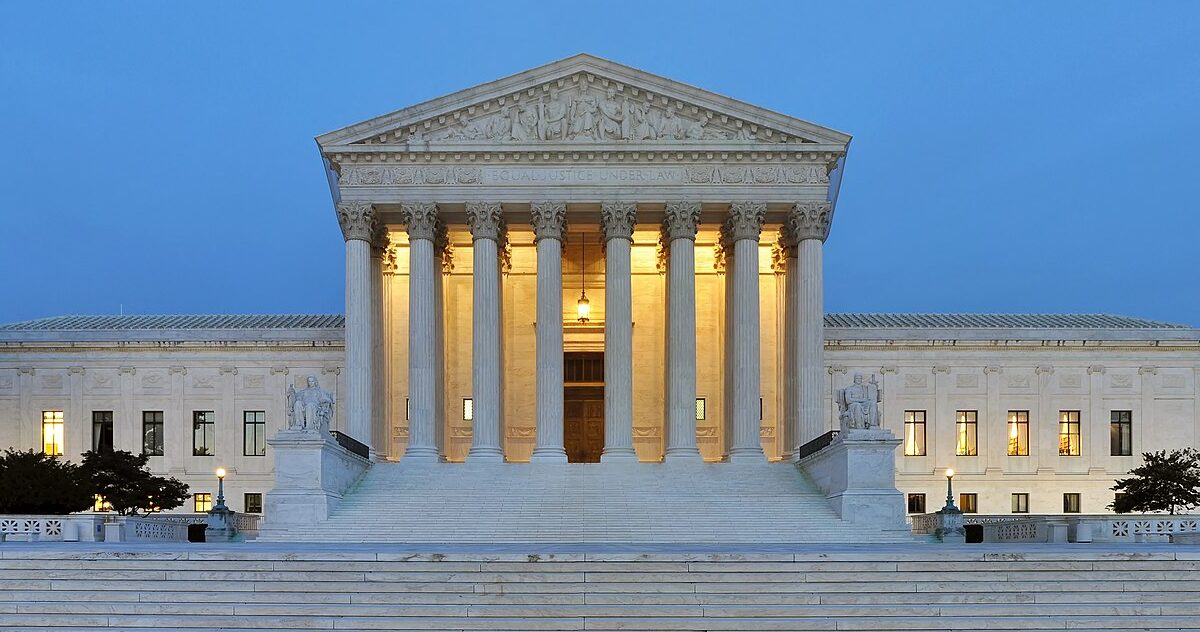
01 Jun 2023 Supreme Court Protects Property Rights While Blocking Biden Scheme
“With its May 25 decision in Sackett v. EPA, written by Justice Samuel A. Alito, the Supreme Court has finally imposed a limiting principle on the EPA’s authority,” writes National Center Senior Fellow Bonner Cohen, Ph.D., at The Hill.
First Bonner explains how the Sackett decision will protect the property rights of everyday Americans:
Farmers, ranchers and other landowners throughout the country can breathe a sigh of relief now that the Supreme Court has delivered long-overdue clarity in Sackett v. EPA over which bodies of water the Environmental Protection Agency (EPA) can regulate under the Clean Water Act (CWA).
By narrowing the scope of the EPA’s authority to regulate wetlands, the court’s ruling will significantly reduce the agency’s presence on private land.
The decision hands a victory to Michael and Chantell Sackett, who have been trying to build a home on their 0.63-acre property near Priest Lake, Idaho, for 16 years. Standing in their way were EPA officials who claimed that the couple’s bone-dry property was subject to regulation as a wetland. Citing its regulatory authority under the CWA, the agency ordered the Sacketts to cease all construction on their home and threatened them with fines of up to $40,000 a day if they didn’t comply….
In what way is the Sackett’s property connected to a wetland? It lies across a road about 300 feet from the lake. In justifying its claim of regulatory authority, the EPA cited a “shallow subsurface flow” linking the property to a ditch, which connects to a creek, which then flows past a row of lakefront houses into the lake.
But the ramifications of this Supreme Court decision are even more promising than what is on the surface. Bonner continues:
In addition to putting the kibosh to the EPA’s elaborate federal zoning scheme, the Court’s ruling also undermines one of the Biden administration’s highest profile environmental initiatives. In his first week in office, President Biden issued an executive order setting a goal of conserving “at least” 30 percent of the nation’s land and bodies of water by 2030. Initially dubbed the “30×30 plan,” and later relabeled as the “America the Beautiful Initiative,” the scheme would bring vast swaths of territory under Washington’s control — either through expanded federal ownership of land or via federal regulations restricting land and water use. Granting the EPA almost unlimited power to regulate wetlands was one of the ways the White House could achieve “30×30.”
Thanks to the Supreme Court, that pathway to more federal power has been blocked.
Read Bonner’s commentary in full here.




